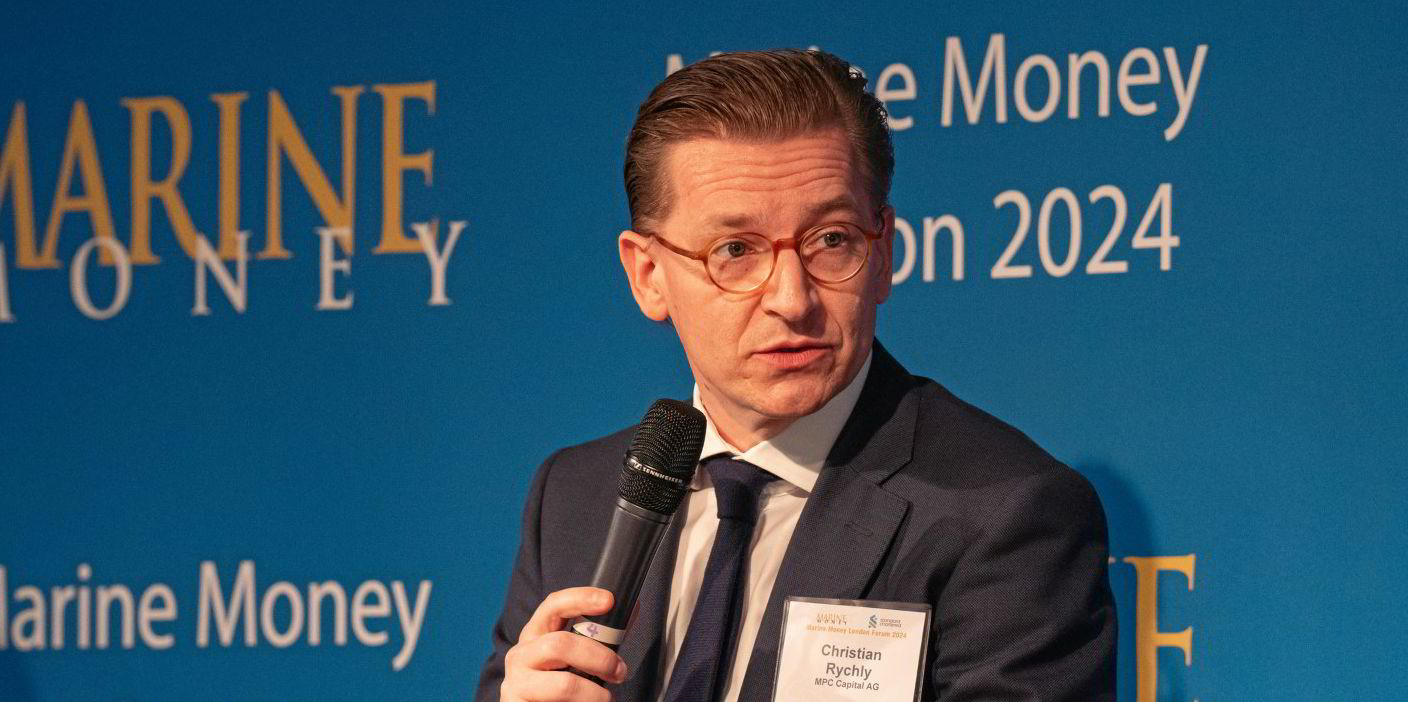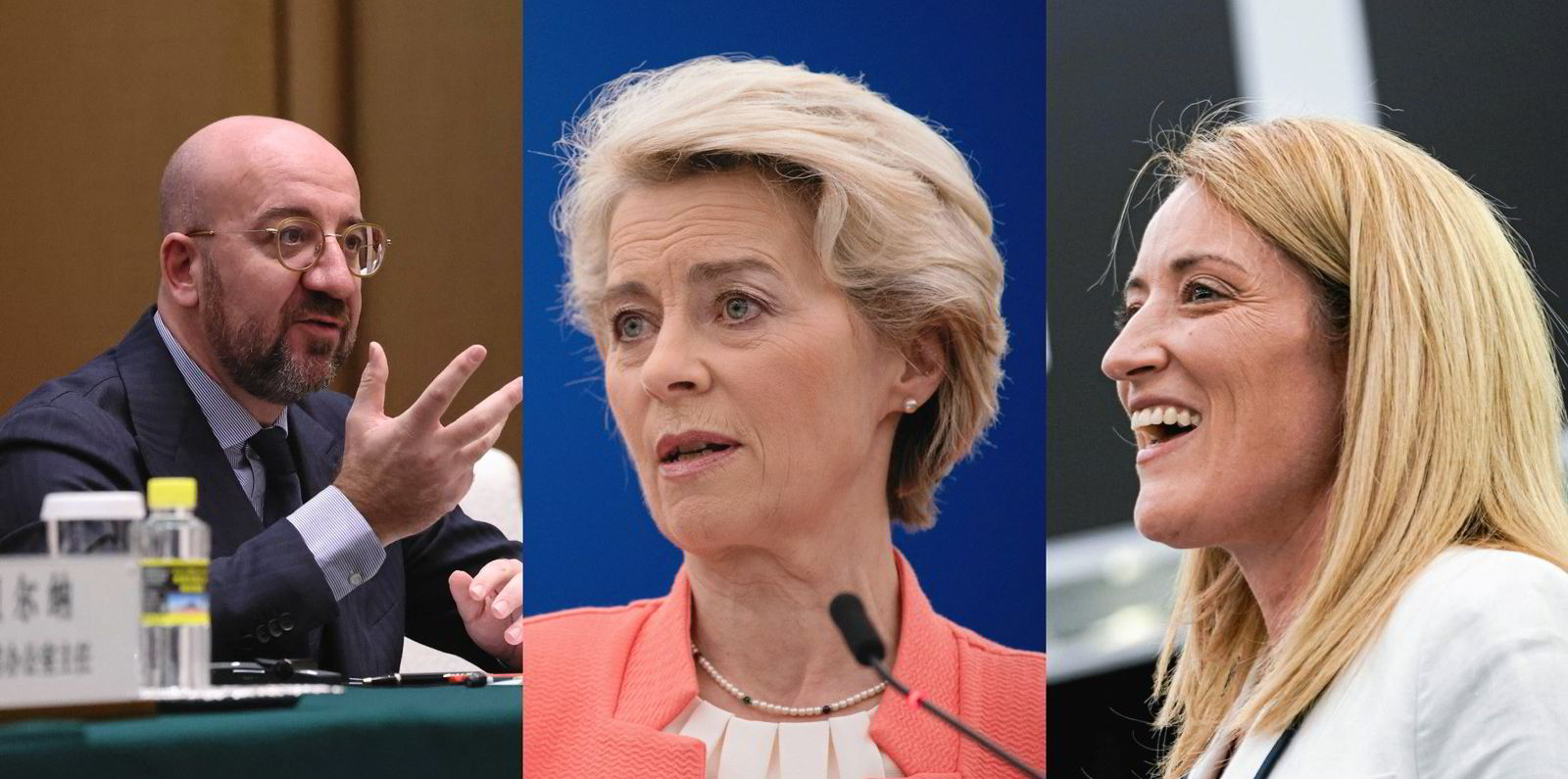German shipowners have reversed more than a decade of fleet decline and are staking a claim to possess the world’s largest container shipping fleet.
The country’s merchant fleet rose to 47m gt in 2023, a rise of 2.2m gt over the previous year, according to the German Shipowners’ Association (VDR).
It marks the first time the national fleet has risen since a peak of nearly 90m gt in 2012.
The number of German merchant ships remained relatively stable at 1,800 vessels last year, just 39 fewer ships than in 2022.
The rise appears to reflect a spending spree by owners returning to the newbuilding and secondhand market.
About 87 secondhand vessels of 4.92m gt, and 42 newbuildings of 1.39m gt, entered the German merchant fleet last year.
That compared with just 163 vessels of 4m gt that were sold — the fewest sales since 2011.
The VDR argues that the data leaves Germany as the seventh-largest shipping nation in the world. Greece, China and Japan occupy the top three places, respectively.
The figures would also leave Germany as a leader in container shipping with 29m gt, narrowly ahead of China (28.1m gt).
“The encouraging figures highlight the stability of the German merchant fleet,” VDR chief executive Martin Kroger said.

“The data underscores Germany’s status as one of the leading maritime nations in the world, owning and operating a significant fleet, while also affirming its position as a competitive hub for shipping.
“To preserve this standing, it is crucial to maintain attractive and stable conditions for shipping companies operating within Germany.”
Most domestic shipping companies are small and medium-size enterprises — 80% have fewer than 10 ships.
Around half of the fleet are flagged with two registries, Antigua & Barbuda (429 vessels) and Liberia (400).
A further 881 are flagged with a European Union country, mainly Portugal (386), while the German flag accounted for 259 vessels.
Despite the growth of the domestic merchant fleet, the VDR flagged the threat to German trade, which conducts about 60% of its import and export activities via shipping routes.
“The current geopolitical developments are worrying,” president Gaby Bornheim said.
“Even though the shipping industry is, in principle, crisis-tested and can react flexibly to new geopolitical conditions, stability and security are essential in the long term.
“If maritime supply chains continue to be constantly disrupted, at some point our sea-based supply will be at risk.”
Despite that, significantly more young people were opting to join the industry as a career, she said.
The number of new shipping training contracts for the 2023 training year increased by about 11% from the previous year.
Last year, 418 young people began training at sea, up from 377 in 2022.
“It is encouraging to see a growing interest among the youth in pursuing careers in the shipping industry,” Bornheim said.
“We remain committed to drawing young talent to maritime professions, reinforcing the notion that shipping is an attractive and promising field of work.”
The association has thrown its weight behind the European Union’s decision to incorporate shipping into the Emissions Trading System from the beginning of the year.
“We endorse the principle of emissions pricing, recognising it as a potentially effective tool for enhancing climate protection,” Kroger said.
“Nevertheless, it is imperative for the German government to now promptly specify the modalities of integrating shipping into the ETS, as a legislative proposal to transpose the European regulation into national law has yet to be presented.
“For us, the cornerstone of our operations is not only planning certainty but also the assurance of uniform competitive conditions on an international scale.
“While we support emissions pricing as a policy measure, it must be implemented consistently across the globe.”
“The fragmented approach of regional specifics is untenable for global shipping and undermines effective climate protection. Furthermore, we seek to avoid the redundancy of compensating for the same emissions more than once.”
The German fleet peaked at more than 3,500 vessels in 2012.








